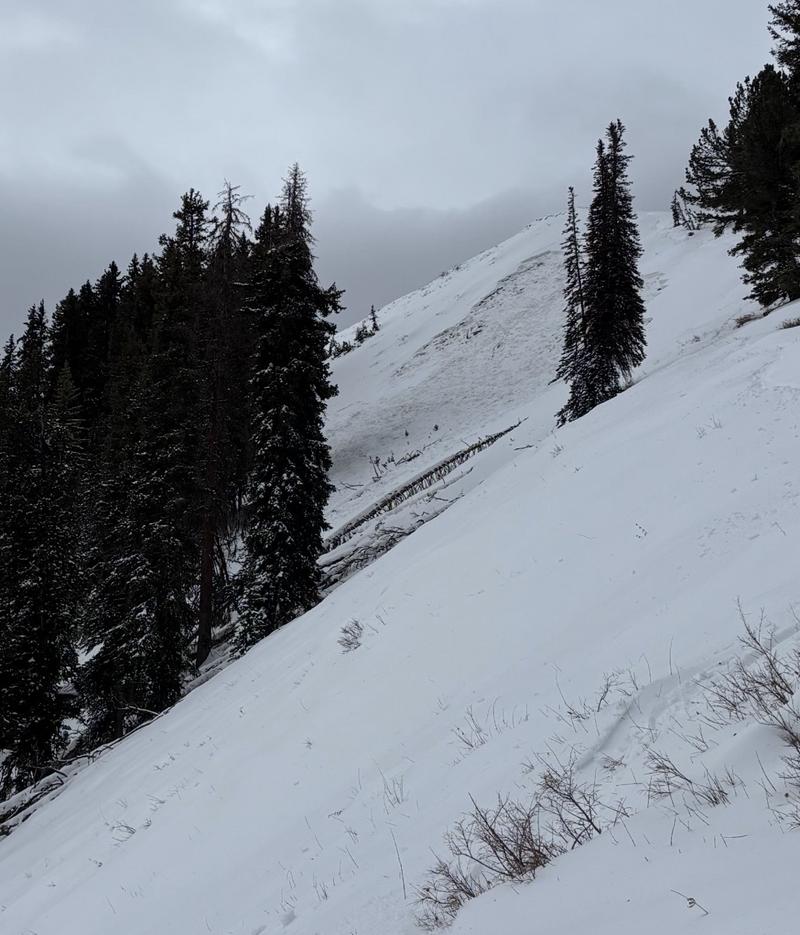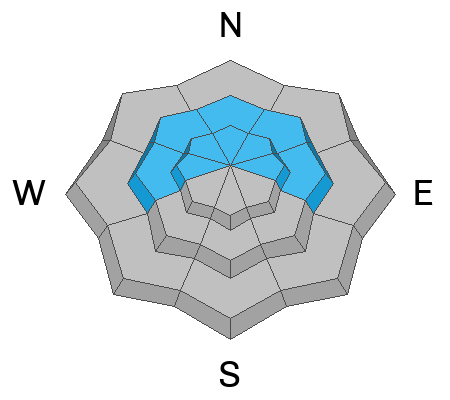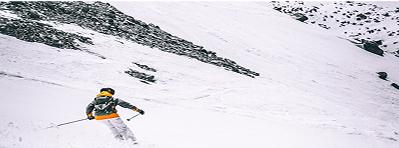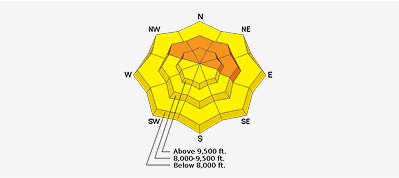Forecast for the Salt Lake Area Mountains

Thursday morning, December 25, 2025
Avalanche danger is CONSIDERABLE on slopes above 9,000 feet, where strong southerly winds and dense, heavy snow have formed slabs over buried persistent weak layers. On steep slopes facing West, North, and East, you can trigger a soft or hard slab avalanche breaking 1 to 2 feet deep and more than 100 feet wide.
A MODERATE avalanche danger exists elsewhere. Rain on snow up to 9,500 feet is weakening the snowpack and may produce wet loose or wet slab avalanches on steep slopes at mid and low elevations. These avalanches can have severe consequences in tight terrain features like creek walls and road banks. Be aware that this warming can also cause heavy snow to slide off roofs in mountain communities.











